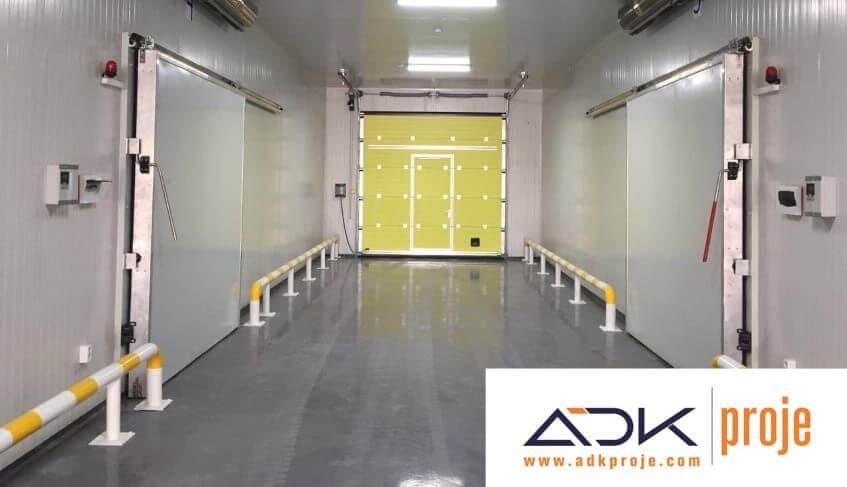1. The user can take advantage of market price developments. During the harvest season, there is an abundance of products on the market, which negatively affects the price. Then after a while the product becomes more scarce. With a storage facility, the user can profit from these high prices.
2. Prevents product rotting A well-designed storage facility creates optimum temperature, humidity and CO₂ levels, allowing the user to dry, cool and store the product. By creating optimal storage conditions, disease and sprouting are prevented and product quality is maintained.
3. Weight loss is minimized Because the product is mostly sold by weight, weight loss results in less profit. Along with all the hard work done on site to reduce damages, the storage system has a huge impact on maintaining the weight of the product. Especially in the storage process, the drying cycle is important.
4. The storage facility will act as a buffer for the processing line. In particular, there must be a continuous supply of products to the line, for example, for industrial factories. A storage facility keeps these factories running around the clock.
5. Reducing the environmental footprint Moving products over long distances is very heavy on the environment. In regions that cannot supply all year round, the only option is to import the product from places where it is abundant or to use a storage system.









